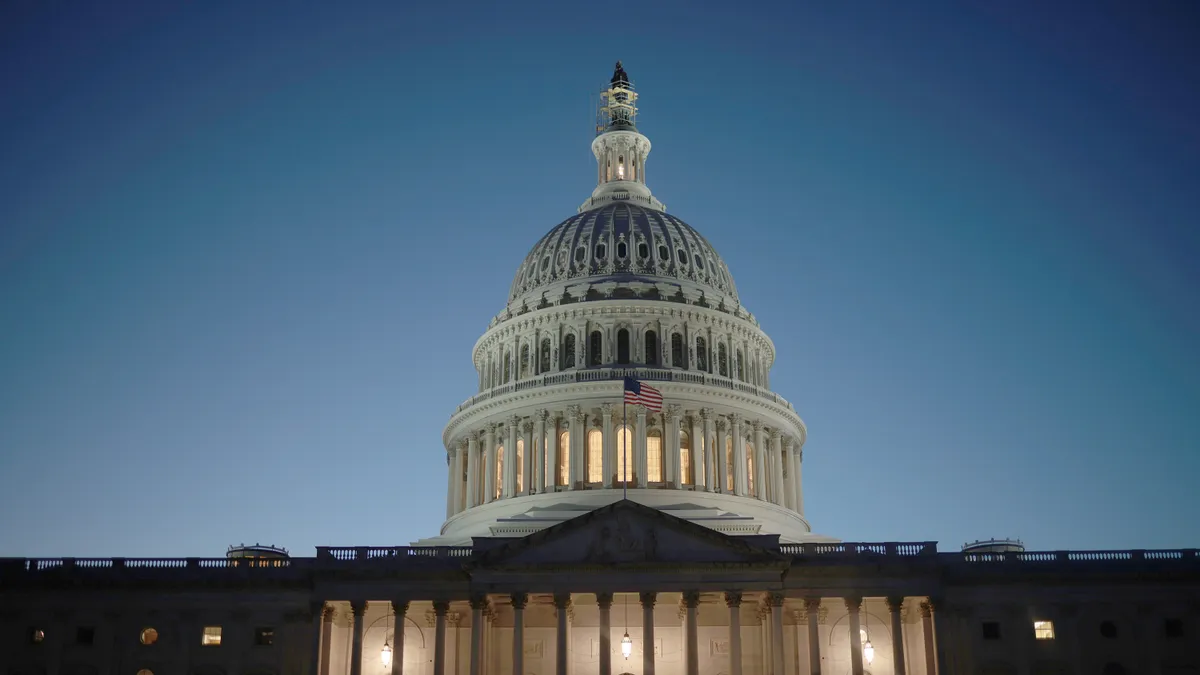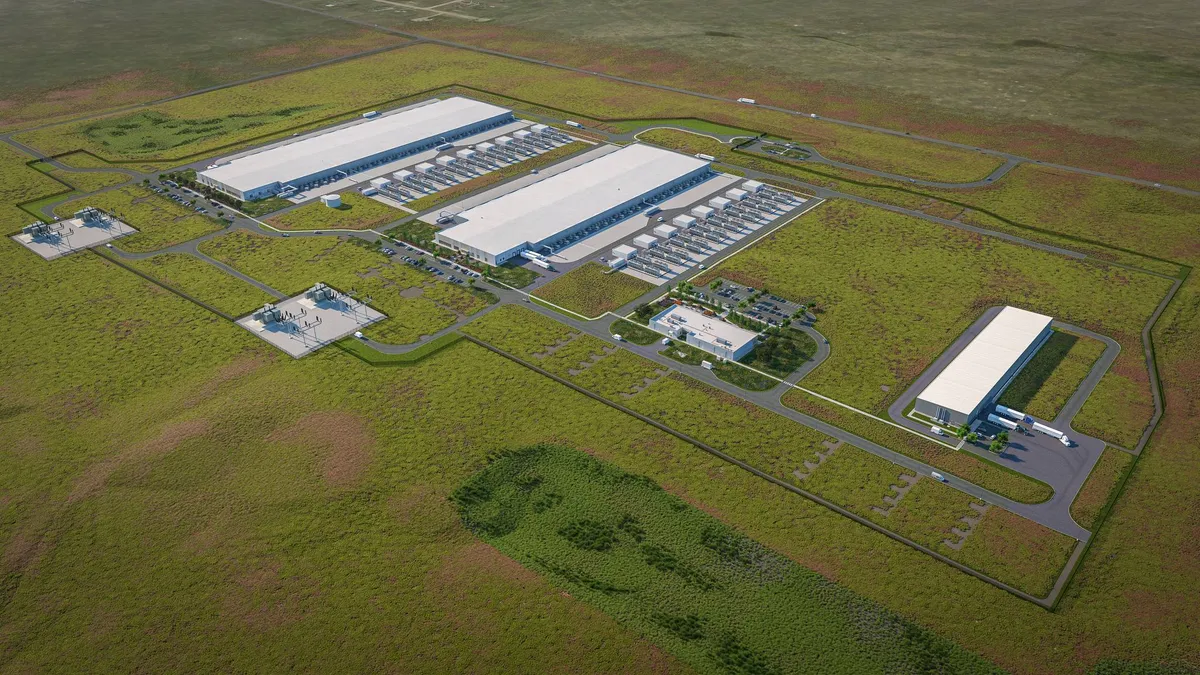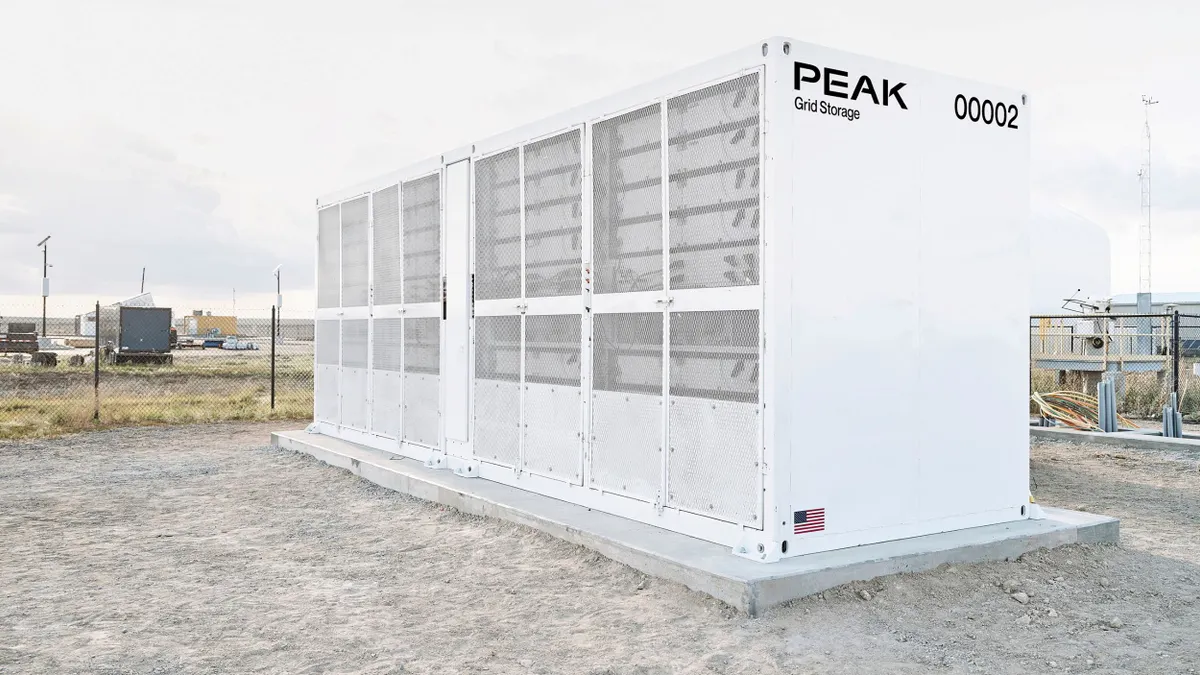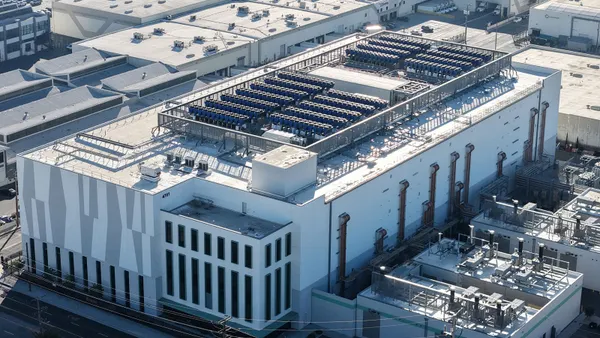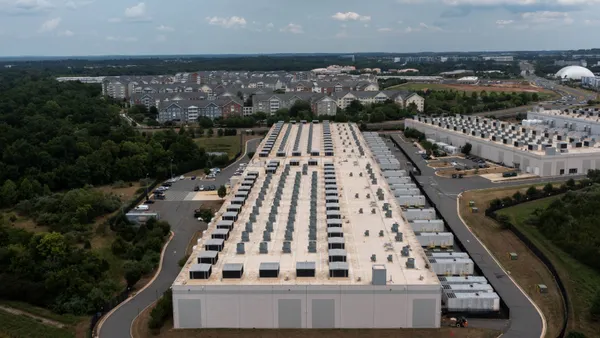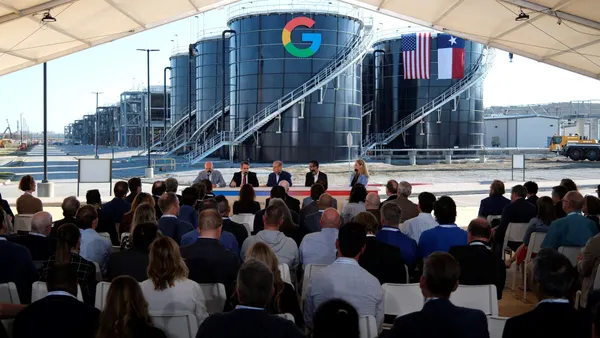Dive Brief:
- The U.S. has 9.8 million metric tons of annual blue hydrogen production capacity in development — enough to power more than 18 million homes and employ 62,200 people, according to a report by the Citizens for Responsible Energy Solutions Forum, a right-leaning advocacy energy group in Washington D.C.
- Much of this capacity was prompted by the creation of the 45V tax credit for low-carbon hydrogen production, according to Heather Reams, president of the CRES Forum. Blue hydrogen is derived from natural gas.
- Ending the hydrogen tax credit prematurely, as currently proposed by a budget reconciliation bill now before the House Rules Committee, could push the industry overseas and delay the decarbonization of sectors like heavy duty shipping, Reams said.
Dive Insight:
The late release of the IRS's guidance on the 45V clean hydrogen production tax credit has slowed the buildout of hydrogen production capacity in the U.S. and likely made the tax credit a harder sell to House Republicans. But credit's limited track record doesn't mean that it lacks economic value, according to the CRES Forum.
A new report by the CRES Forum estimates that the millions of tons of blue hydrogen production capacity that is in development throughout the U.S. could support 62,200 jobs by the time they came online, while generating $1 billion in federal tax revenue and $400 million in state and local tax revenue.
These figures include jobs created directly through hydrogen plant operations as well as new natural gas jobs and other positions in chemical and manufacturing supply chains that would be needed to support blue hydrogen production, according to the report.
Projects that plan to use water and electricity to make hydrogen, called green hydrogen, would likely also be heavily impacted by the tax credit repeal, though CRES Forum did not have specific numbers on these projects, Reams said.
Blue hydrogen, which refers to hydrogen that is made from natural gas with carbon capture and sequestration to reduce emissions, represents a means for the U.S. to use its existing natural resources in new ways, with fewer carbon emissions, Reams said. The 45V tax credit was believed to enjoy relatively bipartisan support in Congress, and Reams said she was surprised to see the House advance a proposal to terminate the tax credit by the end of this year.
It's not clear that the 45Q tax credit for carbon capture, which remains untouched under the current reconciliation proposal, will provide enough incentive for hydrogen producers to continue to invest in their U.S. projects, Reams said.
“There's a lot of disappointment from companies that were looking forward to blue hydrogen being part of their low-carbon portfolio,” she said. “The technology was built around a lot of tax credits making it possible for companies to compete against other countries around the world.”
Reams said she did not see much hope that the 45V funding could be restored in the House version of the bill, and has turned her attention to the Senate, where she hopes to persuade lawmakers that investing in blue hydrogen will help U.S. energy products remain competitive. The Middle East and China have taken a keen interest in blue hydrogen, which could allow countries rich in fossil fuels to make widely used products like fertilizer with fewer carbon emissions, she said.
Moving more hydrogen production overseas could also impact efforts to decarbonize sectors like shipping and heavy duty industry in the U.S., Reams said.
“We have been talking about decarbonizing shipping and thinking” it could take more than 30 years to get there, she said. “It's a long time. I could be dead by that time. We don't have another type of technology we are talking about that can fill that role in the next 30 years.”


